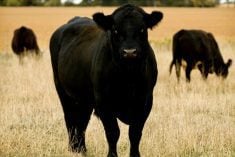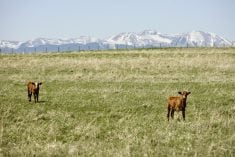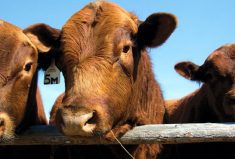to review the situation, which turned out to be based on little more than a couple of emails from state officials to feedlots seeking reconciliation of a handful of transposition errors. The few human errors that had been identified were all corrected long before the R-CALF affiliate launched its missile.
As the Canada — U. S. border reopened to young cattle in 2005 and older cattle in 2007, each time R-CALF predicted a wall of cattle would flood into the U. S. market and destroy U. S. prices. Nothing anywhere close to that happened on either occasion. In fact, the resumption of live cattle trade could best be described as a “trickle” upon initial reopening at both stages since many traders were hesitant to be the first to operate under the new rules established on both occasions.
Read Also

Drought preparation is better than reaction
Glacier FarmMedia – When it comes to drought, imagining the worst may be the best way to start planning for…
Canadian live cattle exports to the U. S. have not climbed back to the level achieved in 2002, the last unrestricted year before BSE. Canadian live cattle exports to the U. S. in 2009 were the lowest they have been, not counting 2003-2005 when the border was closed to all cattle, since 2000.
“There have been innumerable other instances when facts have belied the rhetoric spewed by R-CALF, not the least of which were their earlier subsidy allegations against Canada in the late 1990s, which the U. S. government investigated thoroughly before exonerating Canada and terminating the complaint,” says the CCA.
In its recent letter R-CALF describes the Canadian cattle herd as “unsustainable at its present size,” suggesting subsidies are encouraging a growth in herd numbers. In fact, the January 1, 2010 inventory report revealed the fifth consecutive year of declining beef cow numbers resulting in the smallest herd in Canada since the mid 1990s.















